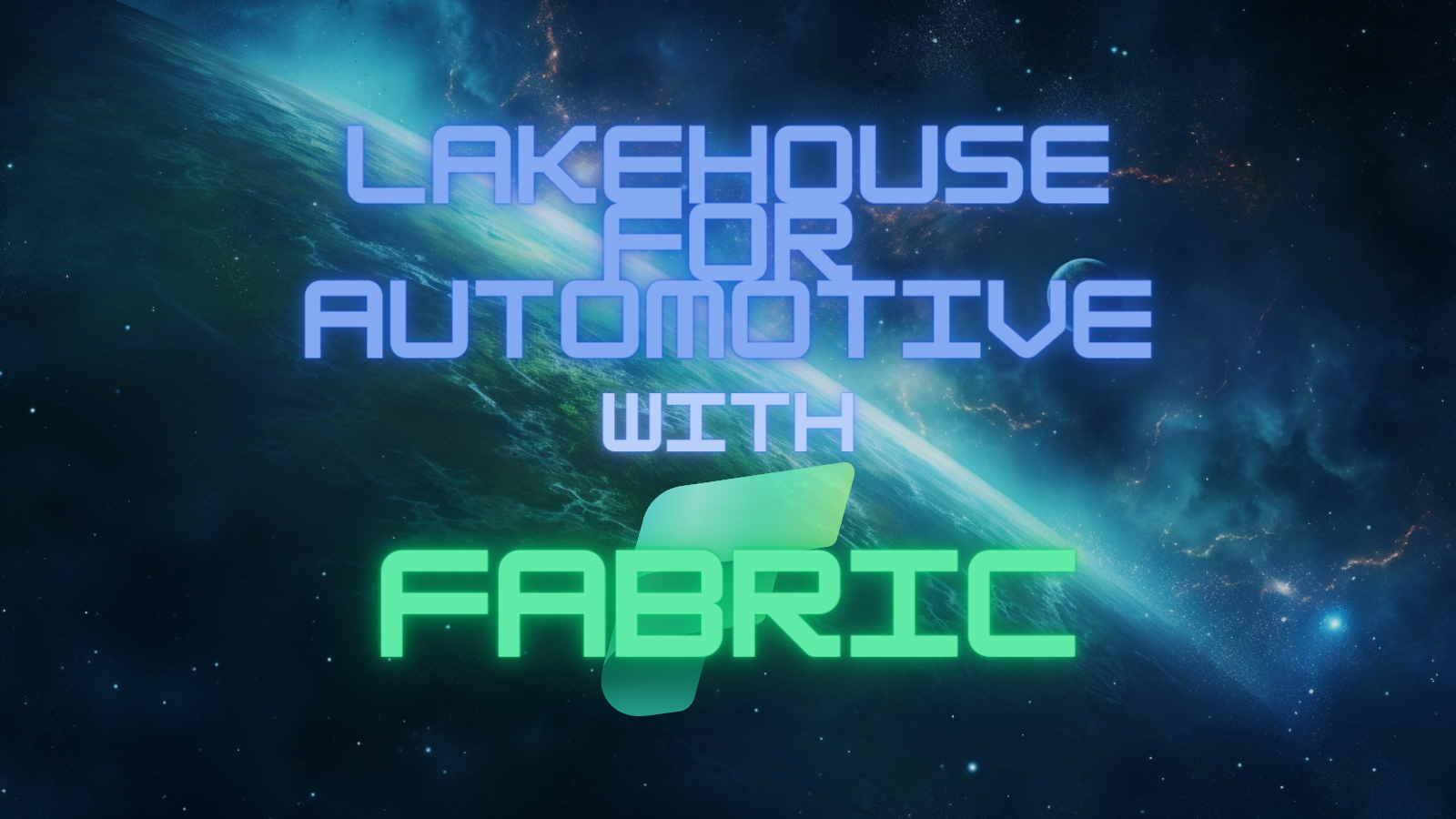Articles in this design series:
- 1 - Introduction
- 2 - High-Level Design
- 3 - Trusted Data Products
- 4 - Gold Data Products
- 5 - Benefits & Drawbacks
Fabric is a great and promising SaaS data platform, but in its current state it has some drawbacks to it. I dived into its documentation and various samples on Microsoft Learn, and got my hands dirty with my trial Fabric Workspace, and I encountered various good and bad points.
Let’s discuss them.
Pros/Benefits
- Fabric does an excellent job when it comes to implementing Lakehouse for both scheduled and near-realtime data sources.
- Being next to Power BI reports give Lakehouses an extra advantage and power. With the Direct Lake functionality, you can easily query your Lakehouse datasets and build reports on top of them.
- You can migrate and run your existing Notebooks into Fabric and use the Spark pools if you’re used to it.
- You can also create Warehouses (similar to Dedicated Pools in Synapse) in Fabric.
Cons/Drawbacks
- Fabric currently has no event mechanism similar to Event Grid, so you can’t create reactive pipelines yet, like “when a file arrives to a OneLake folder, kick off X pipeline”.
- If you’re coming from Synapse Analytics’ Mapping Data Flows, you might have a bigger learning curve in the beginning, as Fabric’s dataflows don’t work on Spark. The language is entirely different, but principles are similar.
- Fabric currently has no backup strategy, archival tiers, soft deletes, purge protection, etc. in OneLake. It didn’t inherit all of ADLS Gen2’s capabilities.
- Fabric currently has no integration with Key Vaults.
- Fabric has no Managed Identity support yet, meaning you have to create Service Principals and manage their secrets, or rely on key authentication.
- Warehouses don’t currently support many DDL operations like altering tables, which makes managing them a bit of an issue.
- Documentation is still not great. On Power Query and Power BI side you have a lot of examples, community posts, documentation, etc. but when it comes to Fabric’s new capabilities, they are understandably a bit light at the moment. Knowing Microsoft, this will definitely get better over time.
- Fabric currently has no API support in its preview state, making triggering pipelines or writing PowerShell scripts an impossibility right now. This will definitely change in the next few months, but we’ll see how well it’ll cover the capabilities.
Conclusion
Let me know your feedback on this design series in the comments, or on Twitter/X!
I plan to expand this series to also implement it with Databricks and Synapse Analytics, so your feedback is important.
Previous article:



